Marché de Tongin (통인시장)
451.9636973775018m 5818 2022-12-13
18, Jahamun-ro 15-gil, Jongno-gu, Seoul
+82-2-722-0911
Le marché de Tongin a été crée en juin 1941 sous l’occupation japonaise. Après la guerre du 25 juin, le région de Seochong a connu une hausse de la consommation causée par la soudaine croissance démographique. Des boutiques et des magasins se sont créés sous forme de marché public.
Le marché public Tongin se compose de 75 restaurants dont principalement des restaurants et des magasins de banchans (petits plats d'accompagnements) qui livrent des produits frais : poissons, fruits et légumes. D’autres commerces de vêtements, chaussures et retouches sont présents sur le marché.
Podam (포담)
457.0853459568541m 150 2021-03-22
11, Jahamun-ro, 9-gil, Jongno-gu, Seoul
+82-2-733-0831
A store featured in Korean gourmet programs. This Chinese (cuisine) restaurant is located in Jongno-gu, Seoul. The most famous menu is dim sum.
Sangchonjae (상촌재)
468.54282917244825m 0 2023-08-25
12-11 Sangchonjae, Jahamun-ro 17gil, Jongno-gu, Seoul
Sangchonjae House, administré par la Fondation culturelle de Jongno, désigne un espace culturel hanok situé dans le village de Sejong, Ogin-dong, Jongno-gu. Le site propose différentes activités culturelles autour des traditions en Corée.
Seochon Guest House [Korea Quality] / 서촌 게스트하우스 [한국관광 품질인증]
470.7379304662782m 5504 2023-04-07
28-3, Jahamun-ro 7-gil, Jongno-gu, Seoul
+82-010-3345-9680
Seochon Guest House is located in Seochon, which is becoming a hot place for tourists in Seoul, and precisely on the road to Suseong Valley, whichis filled with interesting stores and is also well-known for Park Nosoo Art Gallery and the House of Yun Dong-ju (poet). Seochon Guest House is nicknamed ‘Jaeminangol (interesting village)’ after Baekseok’s poem ‘Yeowunangol’, with the aim of providing a visit full of interesting experiences. Passing through a garden and entering the main building, the unique charm of this hanok building, the staircase to get to the first floor from daecheong (main floored room), catches the eye of the visitors. In addition, the building is decorated with various stylish objects including paintings and Korean musical instruments. The terrace situated on the first floor offers an open view of the surrounding area including roof tiles of hanok structures and alleyways in Seochon. It is said that Korean novelist Yoon Hu-myeong also appreciated the structure of the guesthouse, saying, “It is an interesting place.” Built in the 1930s, the house, which has many storage places, was taken by the owner couple in spring 2014 as they were attracted by the house during their trip to Seochon. After the repair work, the ground floor of the house was opened for guests from January 2016, hoping that guests could share their daily experiences and stories with each other. The guestrooms and the main floored room on the ground floor are open to guests, with the exception of the first floor, which is used by the owner couple. The living room is equipped with books, a curved TV, and a table. The tasty meal, which is served in the kitchen, consists of rice and soup with six side dishes and is much loved by guests. The guesthouse offers a total of four rooms – Jae Room, which is the most Korean-style room; Mi Room, which has a combined style of a Korean-style room and Western-style room; Nan Room, which is an ideal room for meditation with a beautiful paper window; and Ahn Room, which is equipped with a veranda and a pretty flowerbed. Every room has its separate charm with various comfortable bedding to provide a quiet and cozy bedroom for guests in the middle of the city. Furthermore, the guesthouse holds a pansori (epic chant) performance twice a year. The owner started learning how to sing pansori to promote the Korean culture and tradition to foreigners. When a pansori performance is held, the owner offers traditional Korean snacks and drinks including sikhye (sweet rice punch), sujeonggwa (cinnamon punch), traditional sweets and cookies, and tteok (rice cakes) to visitors, tourists, and performers. Moreover, it provides cultural programs such as a Gukak (Korean classical music) experience, Korean traditional clothes experience, and making Korean food experience, as well as other activities with guests, such as trip to the city wall between Inwangsan Mountain and Bugaksan Mountain, and the Royal Palace Tour to Gyeongbokgung Palace, etc., as well as a trip to a traditional market.
Hojil (호질)
474.0088834577664m 165 2021-03-20
15, Jahamun-ro, 9-gil, Jongno-gu, Seoul
+82-2-764-6822
A good restaurant to visit before and after the tour, being located near Gyeongbokgung Palace, one of the tourist attractions. This restaurant's signature menu is spicy sea snail salad. This Korean dishes restaurant is located in Jongno-gu, Seoul.
Musée Daelim (대림미술관)
478.02430808608597m 6607 2019-07-18
35-1 Tongui-dong Jongno-gu Seoul-si
+82-2-720-0667
Le Musée Daelim, fondé par le Groupe Daelim, fut d’abord établit à Daejeon en 1996 et fut deplacé plus tard à Jongno (Séoul), en 2002. Cette galerie d’art étudie, analyse et présente l’art moderne à travers la photographie et organise des expositions centrées sur le média photo.
Le musée est situé dans la zone résidentielle de Tongui-dong, près du Palais de Gyeongbokgung. Elaboré par un architecte français, Vincent Cornu, et construit par l’entreprise Daelim, il a ouvert ses portes en mai 2002.
Au rez-de-chaussée se trouvent un jardin, un parking, une réception, un espace de rangement, et une salle de conférence. Au premier et au deuxième se trouvent les bureaux ainsi qu’une salle d’expositions de 595m² consistant en une petite et une grande salle, une longue galerie ainsi qu’un espace possédant un haut plafond. Au troisième étage vous trouverez une salle pour les séminaires pouvant accueillir 120 personnes ainsi qu’un balcon avec une très jolie vue d’où vous pourrez admirer les monts Inwangsan et Bukhansan. Les panneaux en verre teinté (créés afin de refléter la beauté des tissus traditionnels coréens) et les pittoresques salons au premier et au deuxième ajoutent à l’ensemble un certain charme.
Par-dessus tout, le musée fut élaboré en considérant les photos, lesquelles sont très sensibles à l’humidité, la lumière et la température.
Hanok Guesthouse Dongchonchae [Korea Quality] / 한옥 게스트하우스 동촌재 [한국관광 품질인증/Korea Quality]
478.62485019742206m 2 2021-03-26
21-10, Jahamun-ro 11-gil, Jongno-gu, Seoul
Built in 1939, Dongchonchae was designated as Seoul Well Hanok by the Seoul Metropolitan City in 2016. In 2020, this hanok (traditional Korean house) received the Certificate of KOREA QUALITY from the Korea Tourism Organization in the Heritage Hanok field in recognition of its historicity and quality of services. Dongchonjae is located in the western side of Gyeongbokgung Palace, at Seochon. When one passes through its main gate, one sees the yard, with anchae (women's quarters), sarangchae (men's quarters), and byeolchae (detached quarters) surrounding the plot. Anchae has four rooms, daecheong (wood-floored main hall), a kitchen, and a restroom. One of the rooms is used for tea ceremonies as well. Outside of the sarangchae and byeolchae, which are the living spaces for the owners, visitors have free access to the numaru (raised open floor) and the yard. The anchae’s rooms “Bom” and “Yeoreum” can accommodate 2 to 3 adults each, while the rooms “Gaeul” (Tea Room) and “Gyeoul” are optimal for two. The building is rented out as a whole, so no more than one group may stay in the building at any given time. Standard occupancy is four persons, and eight is the maximum number. There are two restrooms, one within the anchae building, one out in the backyard.
Cooking is not allowed in the kitchen, but guests are free to bring in outside food. Experience programs on offer include nighttime exploration of Seoul City Wall, tea ceremony, folk songs, and rice cake making. Additional payment is only required for rice cake making. Guests may choose between two types of complimentary breakfast: Korean, which comes with rice, soup, and three side dishes; and Western, which comes with bread, salad, and coffee. There are a 100-in screen and mini projector for film watching in the yard or daecheong. Towels, toiletries, hair dryer, bottled water, traditional tea, and capsule coffee are included. The kitchen is equipped with kitchen utensils, a microwave, and a coffee pot, enough for instant foods. Guests also have access to refrigerator and washing machine
Food & Culture Academy (푸드앤컬쳐 아카데미)
487.69384103910454m 1693 2018-03-29
116, Pirundae-ro, Jongno-gu, Seoul
Food & Culture Korea propose des cours de cuisine coréenne et des programmes d’activités culturelles culinaires pour les visiteurs étrangers depuis 2002. Les cours se font en anglais et en japonais. Les participants apprennent à confectionner de nombreux plats coréens, parmi lesquels le kimchi, le bulgogi, le tteokbokki ou le bibimbap d’une manière systématique, simple et amusante.
Concert 2016 Banjjak Gung au palais (반짝 궁(宮) 콘서트 2016)
487.04249050372124m 5920 2016-09-10
Séoul, Jongno-gu, Samcheong-ro 37
Equipe stratégie marketing de l'Office du tourisme coréen +82-33-738-3224
Le concert 2016 Banjjak Gung au palais aura lieu de mai à octobre. Cet événement permet de profiter de spectacles artistiques traditionnels, de la musique coréenne créative etc, interprétés par de jeunes artisites dans les palais royaux.
Le Ministère de la Culture, des Sports et du Tourisme, la Comité de la jeunesse et l'Office du tourisme coréen organisent en coopération cet événement afin de favoriser le développement et l'épanouissement des jeunes artistes traditionnels et de présenter les charmes du tourisme culturel en Corée.
Oliva Garden (올리바가든)
488.756159840337m 20799 2021-05-11
16, Jahamun-ro, Jongno-gu, Seoul
+82-2-733-3056
It is an Italian restaurant featured in a popular Korean drama. The best menu at this restaurant is steak. This Korean dishes restaurant is located in Jongno-gu, Seoul.

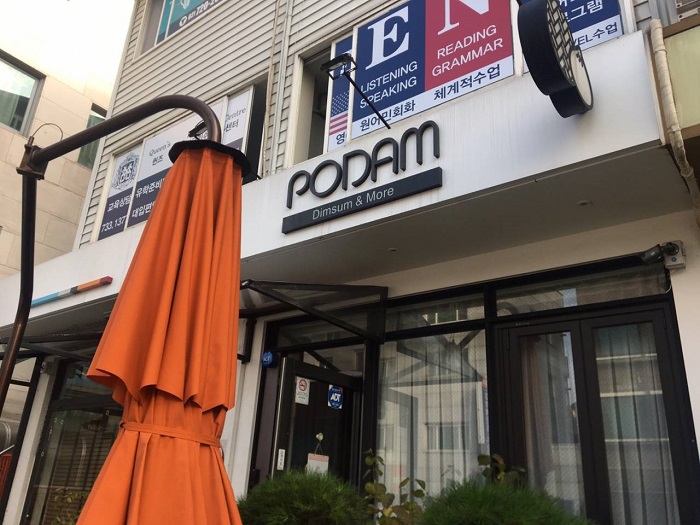
![Seochon Guest House [Korea Quality] / 서촌 게스트하우스 [한국관광 품질인증]](http://tong.visitkorea.or.kr/cms/resource/41/2447241_image2_1.jpg)
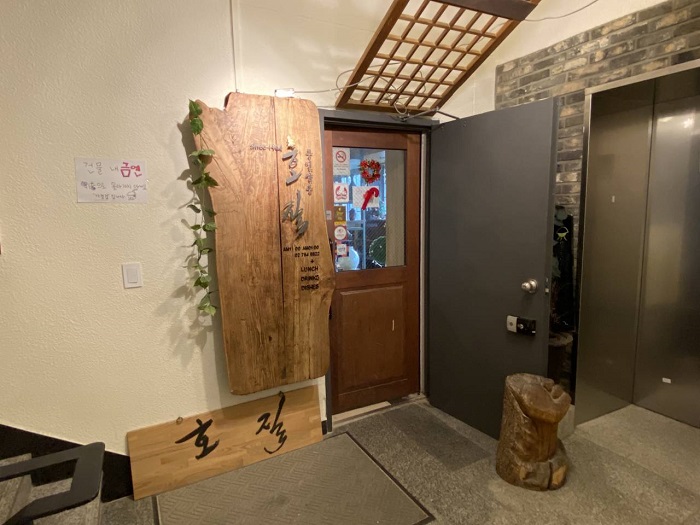
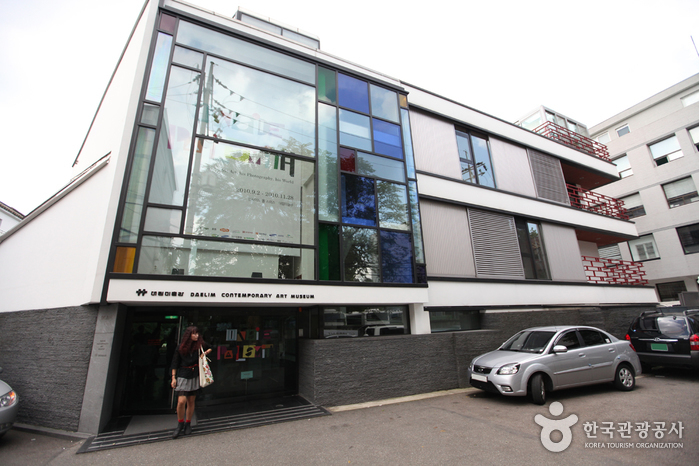
![Hanok Guesthouse Dongchonchae [Korea Quality] / 한옥 게스트하우스 동촌재 [한국관광 품질인증/Korea Quality]](http://tong.visitkorea.or.kr/cms/resource/96/2705896_image2_1.jpg)
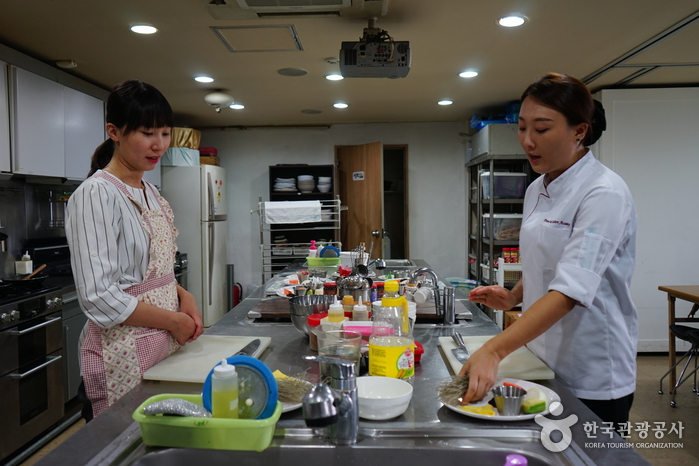
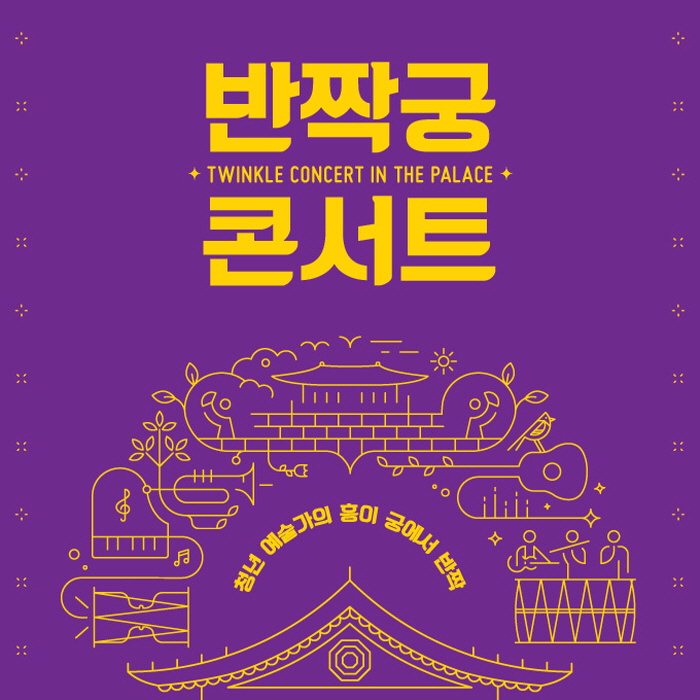
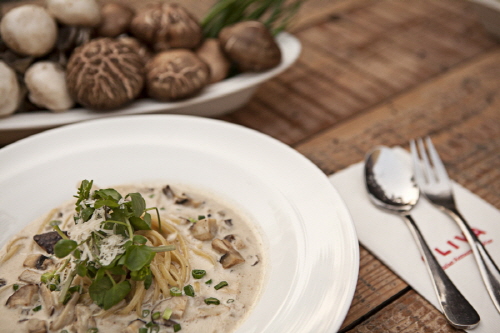
 Français
Français
 한국어
한국어 English
English 日本語
日本語 中文(简体)
中文(简体) Deutsch
Deutsch Español
Español Русский
Русский